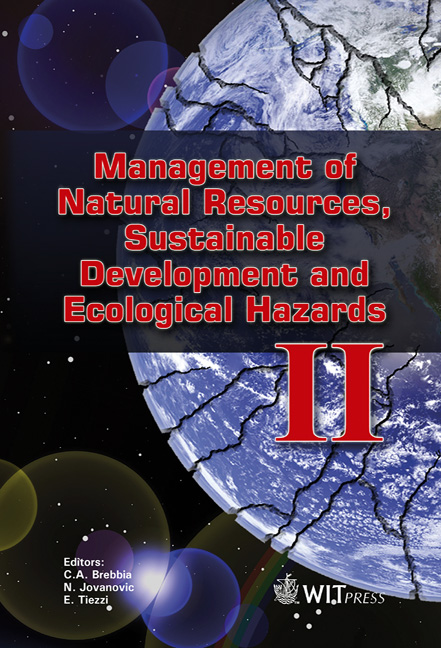A Comparative Analysis Of The PRMS And J2000 Hydrological Models Applied To The Sandspruit Catchment (Western Cape, South Africa)
Price
Free (open access)
Transaction
Volume
127
Pages
12
Page Range
391 - 402
Published
2009
Size
1,756 kb
Paper DOI
10.2495/RAV090341
Copyright
WIT Press
Author(s)
R. D. H. Bugan, N. Z. Jovanovic, W. P. De Clercq, J. Helmschrot, W.-A. Fluegel & G. H. Leavesley
Abstract
The applicability of distributed hydrological models to the semi-arid conditions in the Western Cape was investigated through the application of PRMS and J2000 in the Sandspruit Catchment. The Sandspruit is an annual river, with the catchment receiving 300-400 mm/a of rainfall. The catchment exhibits shallow soils, with the dominant land uses being cultivated lands and pastures. To optimise the parameterisation of the models, 21 boreholes were drilled throughout the catchment for data collection and to get a better conceptual understanding of the catchment’s hydrologic conditions. Field evidence suggests that subsurface flow is the dominant contributor of streamflow and thus the models were calibrated accordingly. The models were run for a 20 year period. Both models were able to match the timing of seasonal hydrograph responses, however they were not able to match annual discharge volumes. Annual discharge was overestimated in certain cases and underestimated in others. Both models exhibited daily Nash-Sutcliffe Efficiencies of below 0.4. As the models were parameterised and calibrated manually, the feasibility of using automatic techniques needs to be investigated. Keywords: Sandspruit, PRMS, J2000, semi-arid climate, distributed hydrologic modelling, parameterisation, calibration, Nash-Sutcliffe Efficiency.
Keywords
Sandspruit, PRMS, J2000, semi-arid climate, distributed hydrologic modelling, parameterisation, calibration, Nash-Sutcliffe Efficiency





